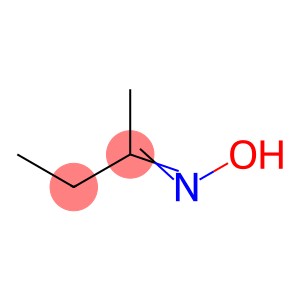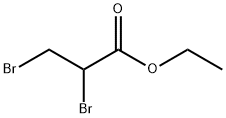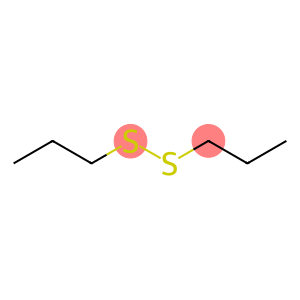Butyl acetate(CAS#123-86-4)
| Risk Codes | R10 – Flammable R66 – Repeated exposure may cause skin dryness or cracking R67 – Vapors may cause drowsiness and dizziness |
| Safety Description | S25 – Avoid contact with eyes. |
| UN IDs | UN 1123 3/PG 3 |
| WGK Germany | 1 |
| RTECS | AF7350000 |
| TSCA | Yes |
| HS Code | 2915 33 00 |
| Hazard Class | 3 |
| Packing Group | III |
| Toxicity | LD50 orally in rats: 14.13 g/kg (Smyth) |
Introduction
Butyl acetate, also known as butyl acetate, is a colorless liquid with a pungent odor that is less water-soluble. The following is an introduction to the properties, uses, preparation methods and safety information of butyl acetate:
Quality:
- Appearance: Colorless transparent liquid
- Molecular Formula: C6H12O2
- Molecular Weight: 116.16
- Density: 0.88 g/mL at 25 °C (lit.)
- Boiling Point: 124-126 °C (lit.)
- Melting Point: -78 °C (lit.)
- Solubility: Slightly soluble in water, soluble in many organic solvents
Use:
- Industrial applications: Butyl acetate is an important organic solvent, which is widely used in paints, coatings, glues, inks and other industrial fields.
- Chemical reactions: It can also be used as a substrate and solvent in organic synthesis for the preparation of other organic compounds.
Method:
The preparation of butyl acetate is usually obtained by esterification of acetic acid and butanol, which requires the use of acid catalysts such as sulfuric acid or phosphoric acid.
Safety Information:
- Avoid inhalation, skin contact and ingestion, and wear protective gloves, goggles and face shields when using.
- Use in a well-ventilated area and avoid prolonged exposure to high concentrations.
- Store away from ignition and oxidants to ensure their stability.








